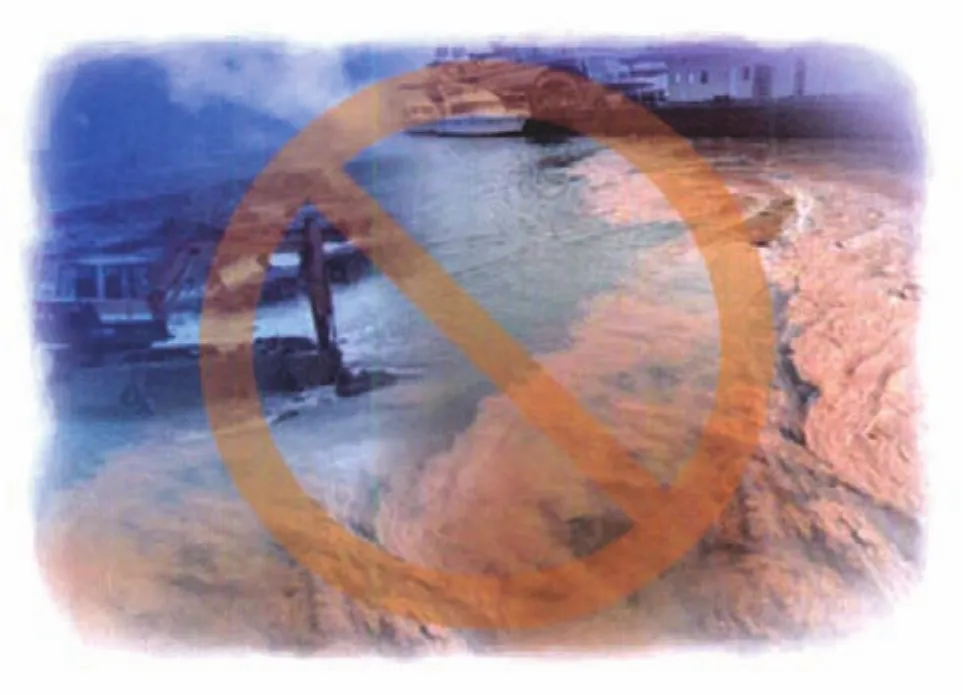Anti-sediment Vessel–a Novel Innovation
2010-08-04ReporterXuHua
Reporter Xu Hua

Many sediment-laden ports and waters in China have presented huge challenges for the traditional types of ship such as bulk carriers and oil tankers.
Ports like Ning Bo and Zhou Shan are frequented by super oil tankers. The sediment content in these water areas is high since the Yangtze River flows with it large amount of sand into the sea. For each voyage, hundreds or even tens of hundreds of tons of sediment will be left in the ballast tanks by the oil tankers’ ballast water operation. This sediment will accompany the ship throughout its whole life and will not come to light again until the ship is being dismantled. Each VLCC will take nearly 90,000 tons of sea water with a sediment content of 1.5% into its ballast water tanks at the same time of oil unloading. If the sediment cannot be immediately removed, the drain hole of the bottom longitudinal and transverse ribs of a new ship will be fully sealed up by sediment after operating for 30 months.Afterwards, the bottom longitudinal will be buried and a thick accumulation of sediment of 60 meters in width, 250 meters in length and 0.8 meters in height will be formed at the double-bottomed tanks. About 12 thousand tons of sediment will be carried around the world. The structural deficiencies such as corrosion, corrugation, bending or fracture in the area of sediment accumulation will never be detected. Risks related to fuel consumption, ship speed,cargo loading, draft and operation will be out of control and the consequence is hard to forecast.
The problem of sediment accumulation has always remained a concern for the Chinese shipowners and seafarers, and yet there is not a good solution available.The industry appeals for the timely development of “antisediment vessel”. In fact, it is the shipowners’ expection that this problem be solved by way of changing ship-type.COSCO Dalian Company firstly put forward the new idea of anti-sediment ballast tank for oil tankers. According to the general manager of safety and technical department of COSCO Dalian Company Mr. Zhao Jinwen, presently,the concept of ballast tank of port and that of deep sea is put forward in light of the water quality of Chinese ports.Ballast tank in port refers to ballast tank used in port, which allows for the minimum amount of ballast water for ships in port and compliance with the port and pilot requirements.The rationale is to introduce high side cabinet idea into the design of ballast tanks of double-hull oil tankers, and change the original “U” deltoid side ballast tank to side ballast tank and double-bottomed ballast tank.
According to Zhao Jinwen, since there is no base structure in the wing space bottom, sediment brought in by ballast water is not easy to stay. Meanwhile, it provides convenience for ships to change ballast water. This can relieve the effect on structural strength produced by large amount of sediment, and will reduce to the most extent the amount of sediment in the double bottom ballast tank and the related risks and difficulty of removing sediment.
